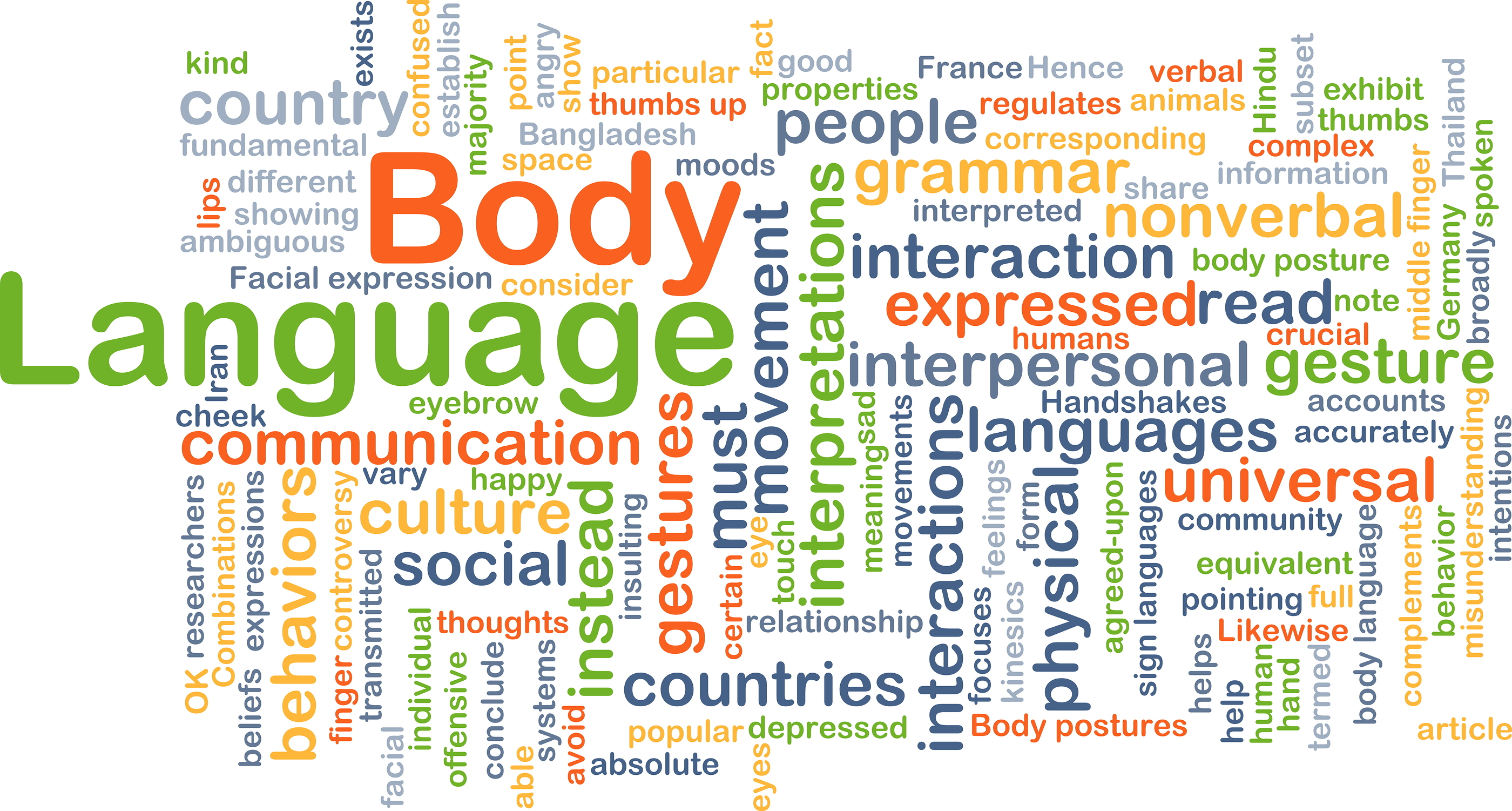
We’re all familiar with the scenario – we’re at the office and someone is saying one thing but we get the sense that they are thinking something else. But how can we tell what they are thinking and if it matches what they’re saying?
A great tool to understand intentions is through body signals. Subconsciously, we already read physical cues, but if we can become aware of them and learn how to interpret them, then we will improve our chances of achieving our professional goals.

Whether you’re a leader of a large team or want to improve your ability to communicate with your colleagues, being able to read body language helps to overcome conflict at work and improve communication. Also if we can interpret body language, we increase our emotional intelligence.
A great way to begin understanding body language is to note it in yourself. Examine your posture, and see how you feel. When you feel confident you generally look it. This self-awareness can then be applied to your social competence.
Defining Body Language
Put simply, body language is a form of communication. UCLA research has shown that only 7% of communication is based on what we actually say, while a massive 55% we convey through body language. Needless to say, reading someone’s intentions is much easier to do when we know what their body is saying.
The Physical Cues Checklist
A list of ways to successfully read body language.
Honest Smiles
When it comes to facial signals, words can lie but the mouth cannot. People often use a smile to hide a lie, so reading smiles is paramount to understanding the hidden communication cues of the body. A true smile reaches the eyes and crinkles the face to make crow’s feet. If there are no crinkles around the eyes, you’ve spotted a lie, or at least someone who’s trying to hide something from you.
Eye Contact
We’ve all heard the phrase “Look me in the eye when you talk to me!” If you think back to childhood, and even now, it’s really hard to lie to someone and make eye contact, especially for more than a second or two. However, this has been drilled into us since we were children, so people often over compensate by making eye contact to the point that it gets uncomfortable and even awkward. If you’re speaking to someone who is staring you down or hardly blinking, this is a warning sign that they are trying to hide something.
Nodding
A nod every now and then signals that someone is listening to you and agreeing. However, excessive nodding is entirely different. It implies anxiety. It can also mean that the person is seeking your approval. It could even signify that they doubt their ability to follow your instructions.
Crossed Arms and Legs
This signals a physical barrier. Crossed arms and legs sends the message that they are avoiding mental or emotional contact. They are closed off and don’t want to communicate with you. Like most body cues this is unintentional and this is why it’s so revealing. This person is probably resistant to your suggestions.
Posture
Everyone knows what a leader looks like. When they walk into a room they stride, they stand tall and they often seem to take up a lot of physical space. In a nutshell, they look confident. Our brains are hardwired to associate authority with the amount of space a person takes up. Equally, bad posture implies less power. Someone who slouches, whose body seems to be collapsing in on itself, takes up less space and they then seem like they have little influence. On the other hand, a leader commands respect with their good posture. This is an easy way to understand what people think of themselves.
Mirroring
Have you ever been in a meeting with someone who is constantly copying your movements? This is a good thing. It signals that they feel a bond with you, that they are engaged in the conversation and better yet that they are interested in your ideas. This is useful knowledge when you are negotiating a deal because it tells you how the person actually feels about what you’re saying.
Even though you can’t read someone’s exact thoughts, you can learn a lot from their body language. This is especially true when their words don’t match their physical cues.
